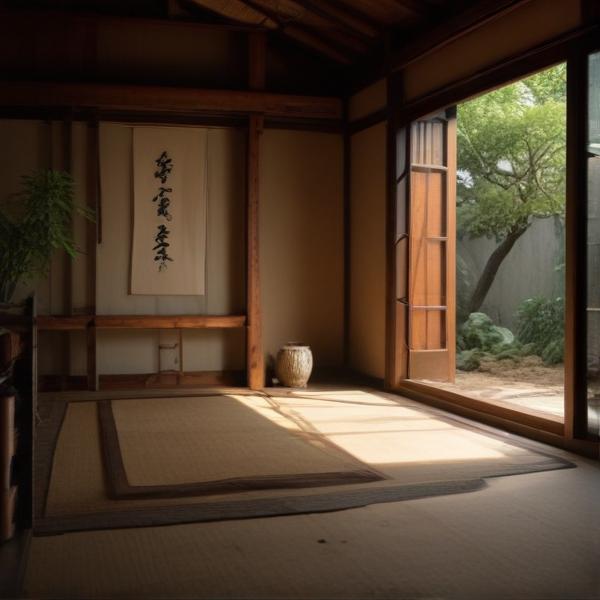基本信息 (Basic Information)
含义与用法 (Meanings & Usage)
中文核心释义 (Core Chinese Meaning): 把头发分股后编结起来的发型,常称为“辫子”。
英文核心释义 (Core English Meaning): braid; plait (especially of hair)
象形意义 / 为何这么写 (Pictographic Meaning / Writing Rationale)
文言文释义 (Classical Chinese Meaning)
与现代意义相近,主要用于描述头发或丝线等分股编结。Similar to modern meaning, mainly referring to the braiding or plaiting of hair or thread.
深入学习 (In-depth Study)
字源故事 (Origin Story)
字形演变 (Character Evolution)
常用词语和例句 (Common Words & Examples)
辫子 (braid; plait (commonly referring to a braided hairstyle))
她的头发编成了两根长辫子。
Eng: Her hair was braided into two long plaits.
麻花辫 (twist braid; a type of braid resembling a spiral or twisted pastry)
小女孩的麻花辫非常漂亮。
Eng: The little girl's twist braid is very beautiful.
相关成语 (Related Idioms)
相关成语信息待补充。Related idiom information pending.
多语言翻译 (核心释义) (Translations (Core Meaning))
- French: tresse
- German: Zopf, Flechte
- Spanish: trenza
- Italian: treccia
- Portuguese: trança
- Russian: коса
- Arabic: ضفيرة
- Persian: بافت موی سر
- Dutch: vlecht
- Polish: warkocz
- Vietnamese: bím tóc
- Ukrainian: коса
视频学习资源 (Video Learning Resources)
通过以下链接在热门视频网站搜索 "辫" 的更多讲解:
Search for more explanations of "辫" on popular video sites:
- 在 Bilibili.com 搜索 "辫 汉字起源 字形演变" (Search on Bilibili)
- 在 YouTube.com 搜索 "辫 Chinese character origin meaning braid" (Search on YouTube)
网络参考 (Web References for "辫") ()
网络内容摘要 (Web Content Summary):
-
基本含义: “辫”(简体:“辫”,繁体:“辮”,拼音:biàn)主要指把头发等分成几股交织编成绳状,即“发辫”。也作动词,意为编结或交织。 Basic meaning: "辫" (simplified: 辫, traditional: 辮, pinyin: biàn) mainly refers to braiding hair into pigtails or plaits; it can also be used as a verb meaning "to weave" or "to braid".
-
字形起源与文化背景: “辫”字起源于“辨”的省略,古文字旁边有“糸(丝)”,象征用丝或发丝交织分辨清楚,因此“辫”与“分股编结”相关。在中国,满族男子的发辫(辫发)在清代尤为有代表性,成为历史和文化的标志。 Origin and cultural note: The character comes from a form of "辨" (meaning 'to distinguish'), incorporating "糸" (silk), indicating something woven or plaited clearly into separate strands. Braided hair (like the queue hairstyle for Manchu men in Qing dynasty China) is an important cultural symbol.
-
易混淆与相关用法: “辫”与“编”(to weave)在意思上接近但不可混用。常见词语有“辫子”(pigtail/ braid)、“辫发”(braided hair)、“辫髻”(braided bun)。 Common usage and confusion: "辫" is related in meaning to "编" (to weave), but they are not interchangeable. Frequently used words include "辫子" (pigtail/ braid), "辫发" (braided hair), and "辫髻" (braided bun).
补充说明:“辫”字不仅限于头发,有时也指绳索等其他可以编结的物体,但现代主要指发辫。 Note: While "辫" can also refer to other things that are braided, such as ropes, nowadays it almost always refers to hair braids.
辫的解释|辫的意思|汉典"辫"字的基本解释 - 漢典
辫. 辮 biàn 〈动〉 (1) 交织,编结。 也作 "编" [weave]. 辮,交也。—— 《说文》 织绳曰辮。—— 《通俗文》 女子头发辫而不垂。—— 《梁书·西北诸戎传》 (2) 又如:辫发(将头发编成辫子;用作满族代称);辫髻(编发成辫,再盘成髻) 词性变化. 辫. 辮 biàn 〈名〉 (1) 发辫。 分股编紧的头发 [pigtail]
汉字"辫"的起源、演变过程-汉字字源辞典
" 辫 "的字源解说 辡 ,既是声旁也是形旁,是" 辨 " 的省略,表示分别、分辨。 辮 ,篆文 ( 辡,即 " 辨 "的省略 ,分别、分辨 ) ( 糸,丝,借代头发 ),表示将头发分别成清晰可辨的几绺,编成发鞭。
更多图片 (辫 More Images) ()
